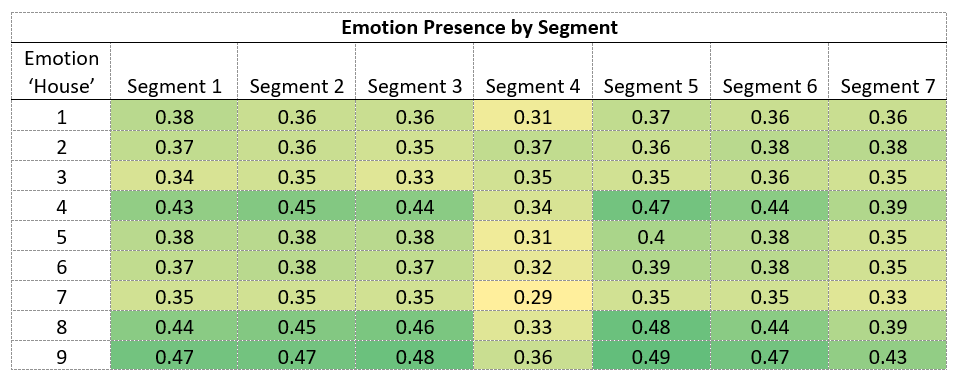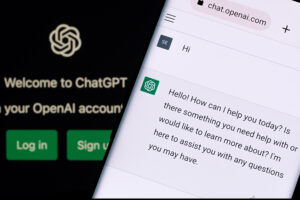You may be familiar with the “Choose Your Quarantine House” meme that’s been making the social media rounds recently; the premise is to create different “Big Brother” type houses filled with diverse personalities that may clash with each other when forced to live under lockdown. From sports figures to philosophers, entertainers to politicians, variations create multiple scenarios for entertaining discussions about which personalities would combine to create the most tolerable — or intolerable — quarantine experience.
At the heart of these discussions, however, is a deeper question: What mindset and emotional connections are we seeking from those around us in this unprecedented situation, as our circles of intimacy grow ever smaller?
At MAi we’ve been conducting research into the emotional reactions people are having to the coronavirus outbreak. As we highlighted in our last article, we’ve done a deep dive into these mindsets and have found that a few emotional themes are dominant across America. Taking this analysis a step further, we’ve identified nine clusters of key emotions and emotion-related behaviors that tend to be experienced together. As in the Quarantine House meme, these emotions are grouped together not necessarily because they’re similar, but rather because in conjunction they convey the multi-faceted reactions people are having to the pandemic. If we present these ‘coronavirus mindsets’ as a variation on the Quarantine House meme they might look like this:
What’s Your “How I’m Dealing with Quarantine” House?
[table id=1 /]
As you can see, there are different levels of emotional intensity, internal vs. external focus, and positive and negative feelings captured in these emotional mindsets.
We were even more curious to understand whether any of these emotion clusters would be differently present in segments of the overall consumer base. To that end, we segmented the population based on both demographics and their current behaviors and attitudes related to coronavirus — how much they’ve changed their behavior, what they’re most concerned about, how well they feel the government and health system are handling the outbreak, and so forth. The resulting segments are quite different from each other in a number of ways:
[table id=2 /]
[table id=3 /]
Given the variances between these segments, we would expect to see a great deal of deviation in how they map to the emotional mindsets we identified. Different segments would be living in “different quarantine houses” — or so you might think.
But, surprisingly, that isn’t what we uncovered. These unique segments are all experiencing the ‘coronavirus mindsets’ at similar levels. Looking at the indexed presence of these emotional mindsets for each segment (below), reveals that their indexed ranges are relatively tight, meaning all the segments are experiencing these emotions to a similar extent:

This means that, rather than targeting messaging to a narrow audience, brands have a unique opportunity in the current situation to connect with consumers more broadly, engaging with them by demonstrating rapport and empathy.
As we noted last week, brands may not be able to solve the many challenges facing consumers today, but by demonstrating that they’re with their customers, feeling the same feelings and experiencing the same concerns, brands can build an emotional connection that strengthens loyalty and trust — and they can do it across a wider cross-section of the public than has been possible for many, many years. It’s an opportunity that few brands can afford to waste.
MAi Research/Pathfinder will be continuing to track consumer sentiment around these and other emerging issues over the coming weeks. For more information about Pathfinder Text Science or this research in particular, please contact us to set up some time for us to take you through our findings.










